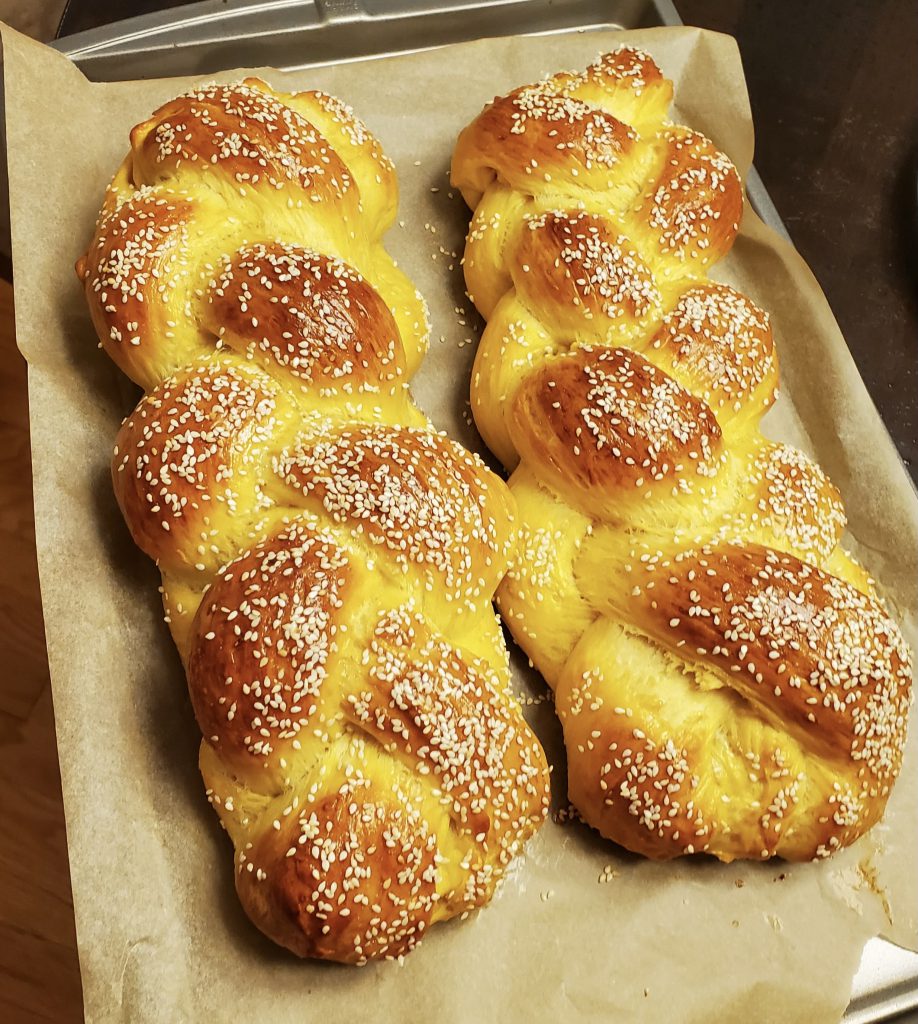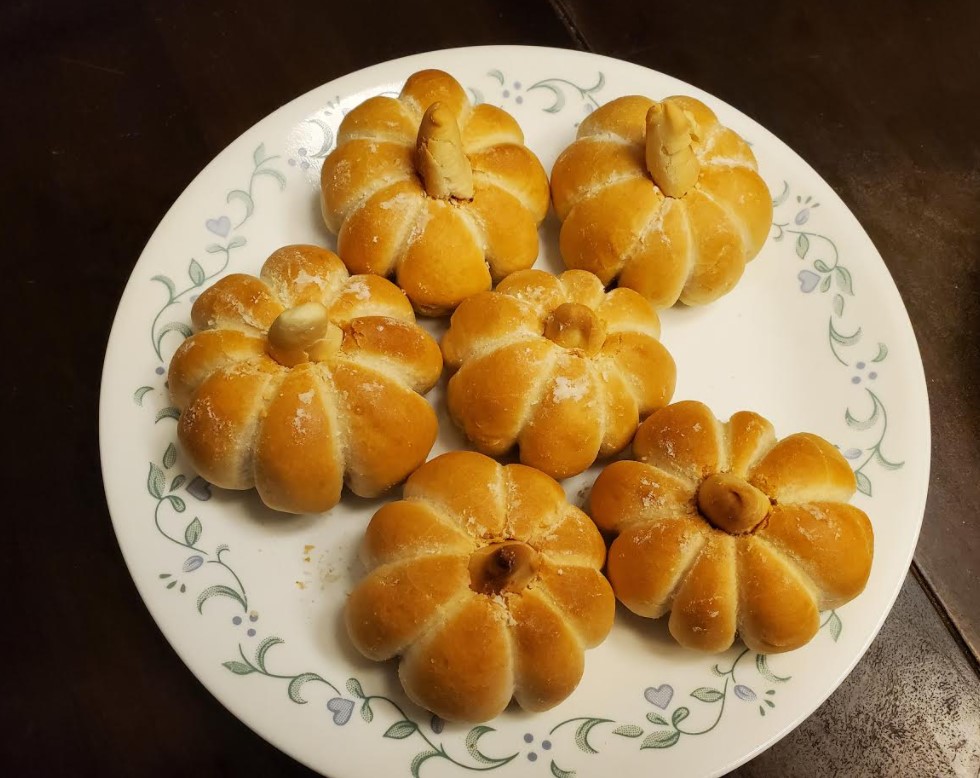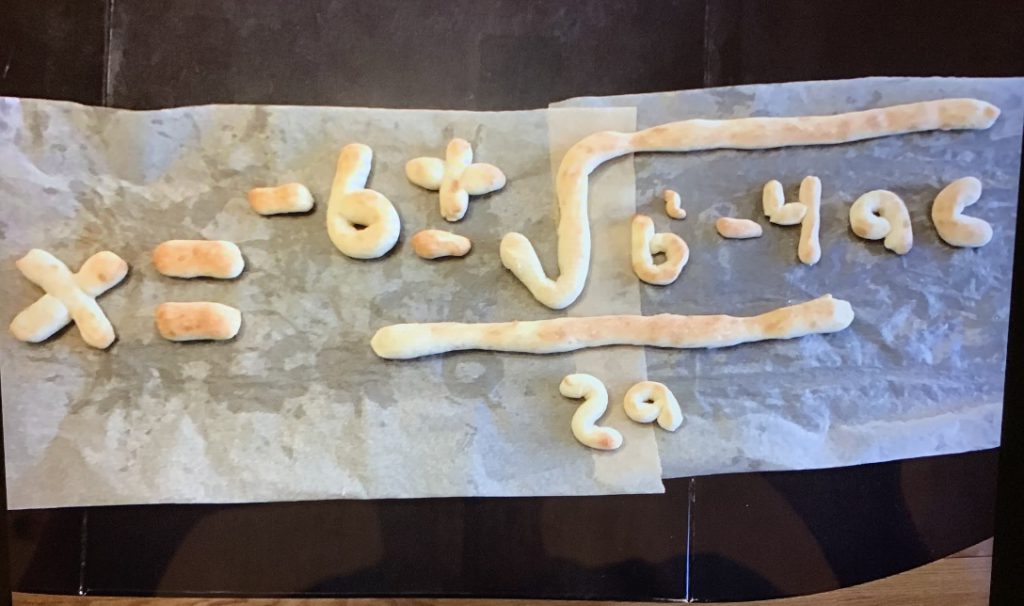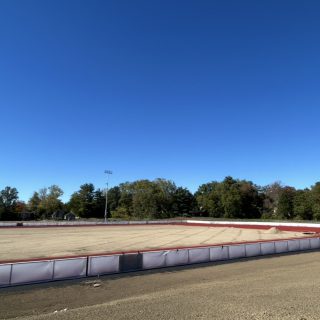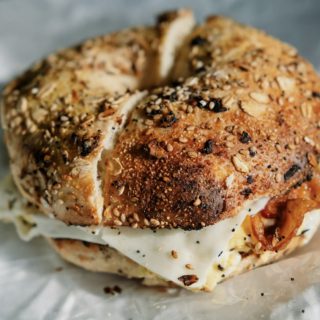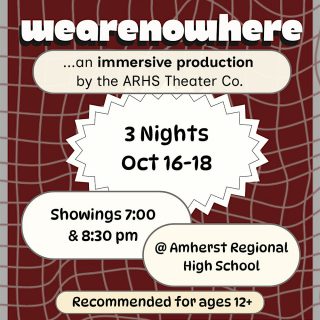King Arthur Flour’s ‘Book of Bread’ re-inspired my love of baking bread
Like many people, I learned how to bake bread during the pandemic, mastering bagels, challah, and pizza. I enjoyed baking for my family, and it was fun to experiment with different variables like hydration, yeast, and flour composition to see which ratios resulted in the unique characteristics, such as the chewiness of bagels, the tenderness of milk bread, and the open crumb for focaccia. However, as time went on, I began to bake less as it was harder to incorporate baking into my daily school life.
During winter break, however, I started to bake again after coming across a few of King Arthur Flour’s baking videos. I watched a video of their overnight baguettes, and it inspired me to experiment with overnight rising of the dough during bulk fermentation or during the final proof to be able to bake loaves of bread in a more integrated way in my daily life. Now, when I come home from track practice, I am able to bake a loaf straight from the fridge.
Recently, I borrowed “The King Arthur Baking Company Big Book of Bread: 125+ Recipes for Every Baker (A Cookbook)” published on October 22, 2024, from the Jones Library. It included many recipes for high-hydration hearth breads as well as other breads from different areas of the country. Using the book, one can learn how to bake bread from countries such as Mexico, Sweden, the Netherlands, Germany, and Spain.
I also enjoy the historical context the book provides on these foreign breads. The range of bread types allows you to develop your baking skills as you end up learning many types of kneading techniques, shaping, and baking techniques.
Additionally, in the back of the book, you can learn about the differences between types of flour like rye, barley, rice, whole wheat, bread flour, and all-purpose. You understand how different flours can be mixed to create the right strength based on the gluten-forming power in certain types of flour. For example, to create strength in a whole wheat loaf, you need to use some bread flour to help with the weak gluten-forming potential of whole wheat.
With the brand of flour I use, I found that 75% whole wheat with 25% bread flour gives the bread a nice flavor while maintaining its extensibility. Understanding the gluten-forming potential in flours can help you in other areas of the baking process, too. For example, rice flour is gluten-free, so it is a good choice of flour to use when you are coating the container you will use to let your bread rise.
My favorite recipes in the book are the hearth bread recipes. By incorporating gentle bowl folds and coil folds during bulk fermentation, even the stickiest of doughs can be handled with ease. For example, Pan de Cristal, a 100% hydration dough that resembles pancake batter when mixed, can be turned into an elastic and extensible dough using time and folds. With this technique, I am also able to weave in time to do homework as I let the dough rest in between folds.
I like using their Pan de Cristal recipe for focaccia as well, giving the bread a more open structure than typical focaccia hydration levels. I also enjoy using their recipes for ciabatta and baguettes.
Most recipes I have used call for traditional autolyse, which allows the flour to hydrate without the addition of yeast and salt. “Big Book of Bread” includes the technique of “autolyse light”, which is when you mix all the ingredients, including the yeast, and let the flour hydrate for 20-30 minutes. From my experience, “autolyse light” allows for ample strength development in the dough, and it eliminates the need of having to incorporate the yeast into an elastic dough, which can be challenging given the effectiveness of the autolyse process.
The book features images in full color of the techniques for kneading, shaping, and scoring breads, giving you the fundamentals of the bread-baking process. I enjoy experimenting with all of their different scoring patterns. In addition to detailed pictures, the book has many QR codes that link to a video on King Arthur Flour’s website with further details on many of the processes. I think this would be very helpful for beginner bakers.
Overall, I believe that the “Big Book of Bread” is a good book for bakers of all levels as it includes the fundamentals along with recipes to level up your skills. Throughout my time reading this book, I have gained new techniques that have helped me integrate baking into my daily life. This book is like a ripe poolish: perfect to get your baking process started.
